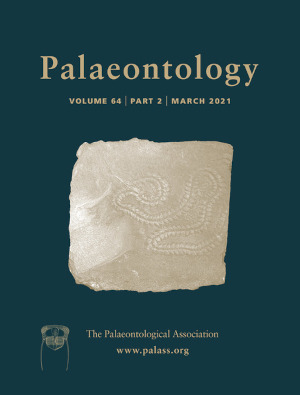Reg. Charity No. 1168330

The importance of palaeontological data in divergence time estimation has increased with the introduction of Bayesian total-evidence dating methods, which use fossil taxa directly for calibration, facilitated by the joint analysis of morphological and molecular data. Fossil taxa are invariably incompletely known as a consequence of taphonomic processes, resulting in the decidedly non-random distribution of missing data. The impact of non-random missing data on the accuracy and precision of clade age estimation is unknown. In an attempt to constrain the impact of taphonomy on tip-calibrated dating analyses, we compared clade ages estimated from a very complete morphological matrix to ages estimated from the same matrix permuted to simulate the progressive loss of anatomical information resulting from taphonomic processes. We demonstrate that systematically distributed missing data negatively influence clade age estimates, but that successive stages within the taphonomic process introduce greater differences in age estimates, when compared to estimates obtained from untreated data. Despite these effects, the general influence of missing data is weak, presumably due to the compensatory effect of extensive morphological data from extant taxa. We suggest that, in the absence of models that can explicitly account for taphonomic processes, morphological datasets should be constructed to minimize the impact of taphonomy on divergence time estimation.